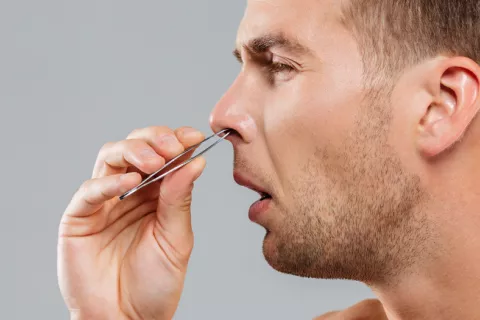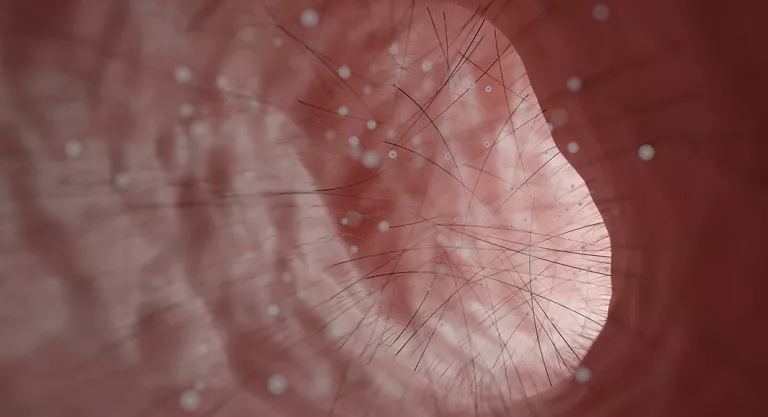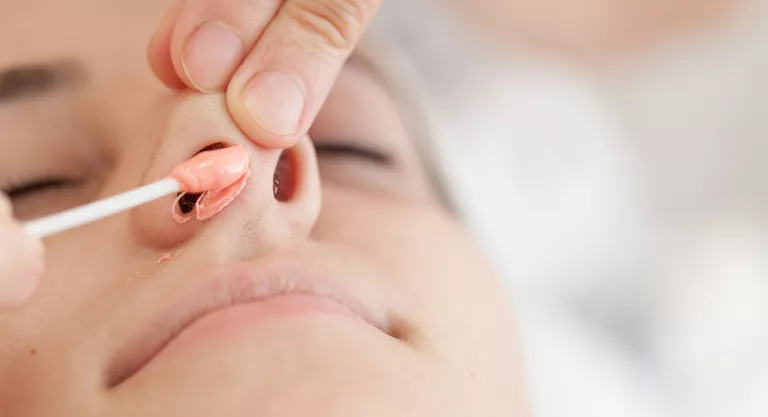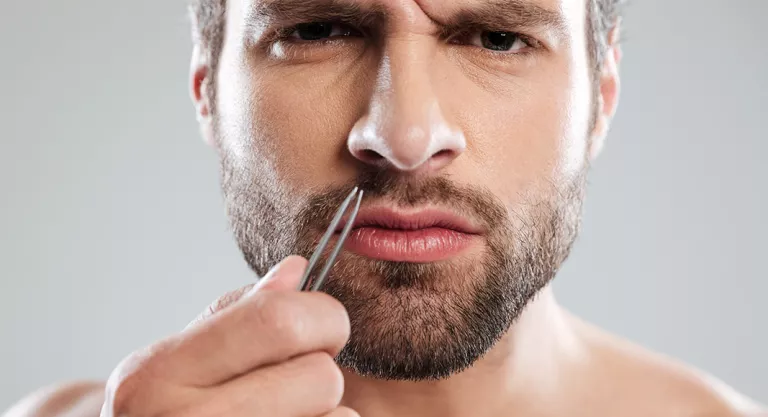
Hair is one of the aesthetic problems that most concerns women, and increasingly men, and not always because of its absence… quite the opposite. Since there are body areas where having hair is usually more unsightly. One of those hairy locations is, without a doubt, the nose. The whiskers, which is how this hair is called inside the nostrils, usually go unnoticed in most people, but sometimes they can stand out too much, giving an unkempt appearance.
That is why many choose to cut or remove these hairs completely, however, there are many myths about what happens if you make these whiskers disappear, and even who says that it is very dangerous. What is true in all this? What is the function of these nasal hairs? We tell you what the experts say about it.
The first who attended us, Dr. Octavio Garaycochea, a member of the Spanish Society of Otorhinolaryngology and Head and Neck Surgery (SEORL-CCC), reminded us that hair has a function. In the case of vibrissae, he has explained to us that it comes from the Latin term vibrissae, which means to vibrate. And it is that, this type of hair in the first therian mammals, such as marsupials, was found on the upper lip and was actively shaken and controlled as a way of tactile detection and sensory orientation.
Nose hairs measure between 0.81 cm and 1.03 cm and act as an air filter that protects the airways from larger particles of dust and pollen
Today, animals such as cats or rodents still have these vibrissae as sensory receptors. In the case of humans, this type of hair is found in the nose and is short, and although they have lost their sensory function, they still cause a certain reaction in the body, such as sneezing, a protective mechanism that causes a strong nasal expulsion of air and secretions to try to prevent the entry of any pathogens.
What are nose hairs for?
“The main function of the whiskers in our body is defensive. The hair follicles in the nasal vestibule function as a filter and are the first line of defense of the immune system of the nasal passages. All the large particles that enter the nose are collected by the nasal hair present in the anterior nostrils”, explains Dr. Garaycochea.

Nose hairs are usually between 0.81 cm and 1.03 cm long, although cases up to 1.8 cm have been described. They act as an air filter that traps the largest particles of dust or pollen, protecting the airway from external agents that can cause allergies or respiratory diseases.
Surely you are wondering why older people tend to have these hairs, along with those in their ears, longer than usual, and indeed, Dr. Franklin Mariño, otorhinolaryngologist at the Ramón y Cajal University Hospital, clarifies that this is normal because they can grow indefinitely and especially in the case of older men.
For his part, Dr. Octavio Garaycochea explains that this exaggerated growth, so striking and unsightly, is due to a hormonal issue, since with age the hair follicles of the nose -and ears- become more sensitive to testosterone, which stimulates their growth and size.
Is it dangerous to wax or cut nose hair?
Since the hairs in your nose act as the first line of defense for your nasal passages’ immune system, reducing their number or size will decrease the effectiveness of nasal filtering. However, Dr. Garaycochea emphasizes that “to date, it has not been shown that cutting them increases the risk of infections. On the other hand, a study conducted in 2011 concluded that whiskers have a protective effect on the risk of developing asthma in patients with seasonal rhinitis, so cutting them out would increase the risk of asthma in this type of patient.”
“Currently there is no medical indication for trimming whiskers. Having to remove or cut them is a common activity nowadays subject to contemporary aesthetics”
Dr. Mariño explains that in the nose there are cells called hair cells that transport the mucus backwards, the hairs are just ahead to protect them, so removing it or reducing its volume will cause us to inhale more dust and pollen particles that will increase the risk of allergy in people who suffer from it.

Oddly enough, there are also studies that claim the beneficial effects of reducing the amount of hair in the nostrils. Thus, an investigation carried out in 2015 and published in the American Journal of Rhinology & Allergy, showed that clipping the whiskers caused a subjective improvement in nasal obstruction and nasal flow in 30 subjects, this improvement being greater in those starting from a higher initial density.
What is the best method to remove nose hairs painlessly?
So, do I take them off or leave them long?, you may ask. Dr. Garaycochea is blunt in this, “currently there is no medical indication for trimming the vibrissae. Having to remove or cut them is a common activity nowadays subject to contemporary aesthetics”. And it is that, in cases that stand out or that there is a lot, it can be an aesthetic problem or a reason for physical complex.
Today there are various types of hair removal for nasal hair: tweezers, waxing, laser and specific hair clippers for this area. Octavio Garaycochea indicates that there is no recommendation as to which of them is the best, although he emphasizes that whichever one is, it must be carried out under aseptic conditions and with care.

For his part, Dr. Franklin Mariño opts more for trimming than for total hair removal, even so, he warns that “when hair removal methods are used, sometimes there may be small wounds in the skin, which can become a door of entry for bacteria that end up causing an infection. For this reason, he advises doing it with a special razor for this function or with scissors with a rounded tip and very carefully.
.